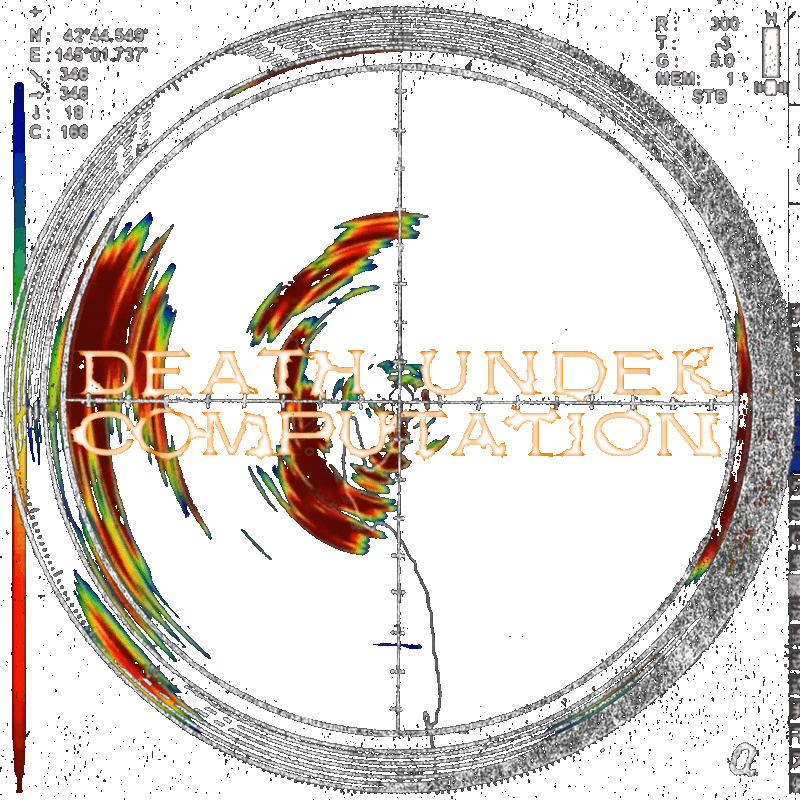
Conceived before the Russian escalation of its ongoing war against Ukraine, this work was finished in the time of numerous war crimes inflicted by Russia on Ukrainian territory and people. As a Russian, I strongly condemn Russian colonial expansion and demand to halt Western sponsorship of the Russian war machine through the consumption of Russian gas and oil.
︎
A hidden presence tracks American soldiers through the rainforest. The military team, rendered as colourful bodies through the infrared vision of the stalker, sense the threat. Spooked, they peer into the foliage but cannot locate the creature who hunts them down, one by one. It is camouflaged, translucent, almost impossible to target and destroy. Enraged and hopeless, the soldiers start shooting blindly into the trees.
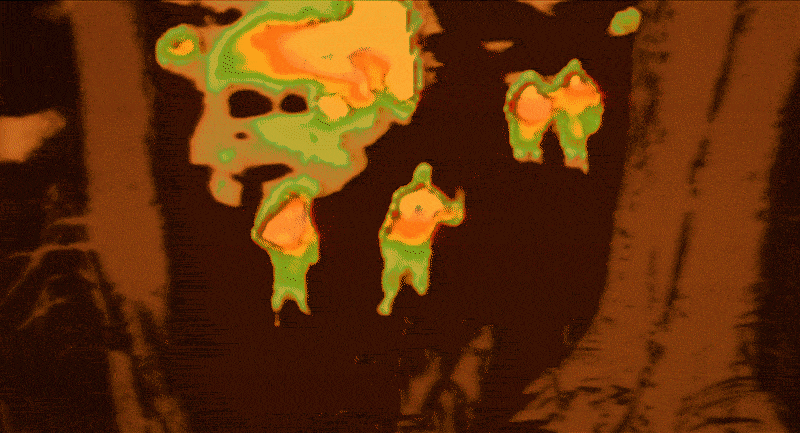
What drives the plot of the 1987 film 'Predator' is the formula ‘visibility equals death' (Bousquet, 2018). Regardless of the lethality of a gun, one cannot aim at an enemy one cannot see. Simultaneously, exposure to the enemy's gaze means exposure to their violence.
The Predator is akin to the guerilla warrior or resistance fighter, less visible and better informed than their numerically superior enemies. Their advantage depends on knowledge of the terrain — its valleys, hills, foliage, and topography. In colonial wars, resistance fighters rely on this information asymmetry to succeed with their tactics and strategies — ambush, sabotage, and constant discreet movement of supplies and forces.
The Predator is akin to the guerilla warrior or resistance fighter, less visible and better informed than their numerically superior enemies. Their advantage depends on knowledge of the terrain — its valleys, hills, foliage, and topography. In colonial wars, resistance fighters rely on this information asymmetry to succeed with their tactics and strategies — ambush, sabotage, and constant discreet movement of supplies and forces.
During the 1950s, the Soviet Union developed an intricate sensorial apparatus to counter the persistent lack of information in its colonial wars — the processing systems that guided missiles, rockets, and drones. The key to this 'nervous system' was the real-time data processing enabled by military cybernetics, a classified scientific field developed in the early 1950s. The schematic diagram of a Tu-123 drone flying over its target explains the goals of military cybernetics. Operated remotely, the drone allowed rapid mechanised data collection and processing, moving beyond manual data entry such that recording could keep pace with ongoing battles in real-time.
Below: S-25, air-defence system, USSR, 1955.
1.Object under defence 2.Control centre 3.Radiolocation of the target and altitude measurement 4.Guided missiles
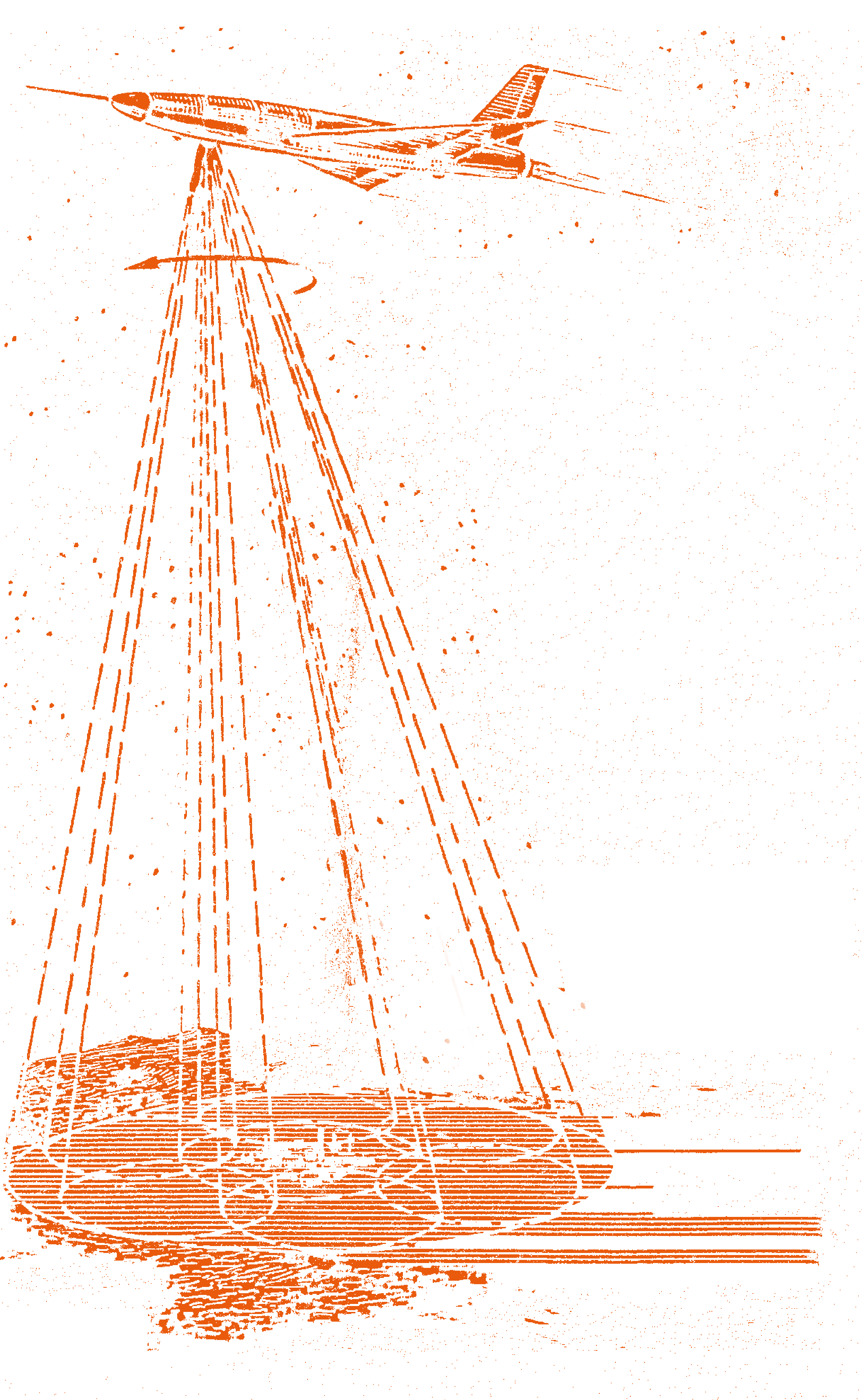
Tu-123, drone, USSR, 1960

Cybernetic weapons are intrinsically location machines. They find targets, not map space. Still, they must compute a range of spatial categories and synthesise them into coordinates to aim at someone or something. To calculate their target, these weapons must analyse the space in which the target body exists. Digital maps like radar and GPS do not represent actual space but only reduce it to chess-like boards. Location machines portray space as voids. The grid renders territory hollow.
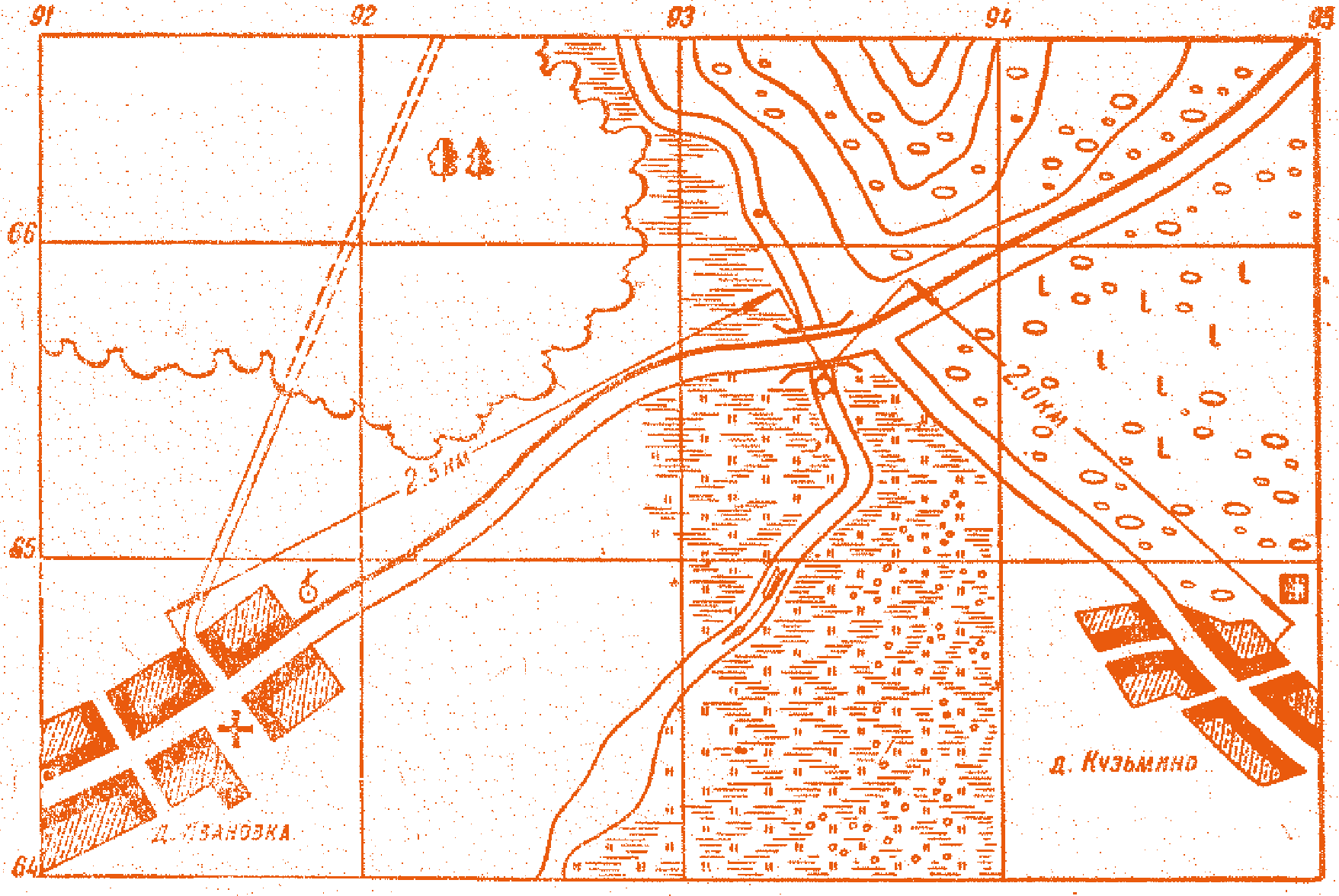
Missiles cannot hide in the air. Unlike the guerilla on familiar territory, missiles cannot conceal themselves in a ravine or fade into the forest. Air defence systems can disregard space and still shoot down missiles, but the nuances of the landscape — hills, valleys, forests, tunnels — break the offensive of colonial wars.
Below: Diagram of an automated military control system.
Signs top to bottom: Selection of the target; “Memory”; New position; Gunfir; An arithmetic unit; Result.
Below: Diagram of an automated military control system.
Signs top to bottom: Selection of the target; “Memory”; New position; Gunfir; An arithmetic unit; Result.

Born to serve the colonial gaze, military cybernetics can only sense targets, discarding the space they use to hide. The martial sensorium is hardwired with this inherent flaw of the cybernetic paradigm. Shooting into the woods with the vast spectrum of sensors, soldiers drown in information, still unable to see.
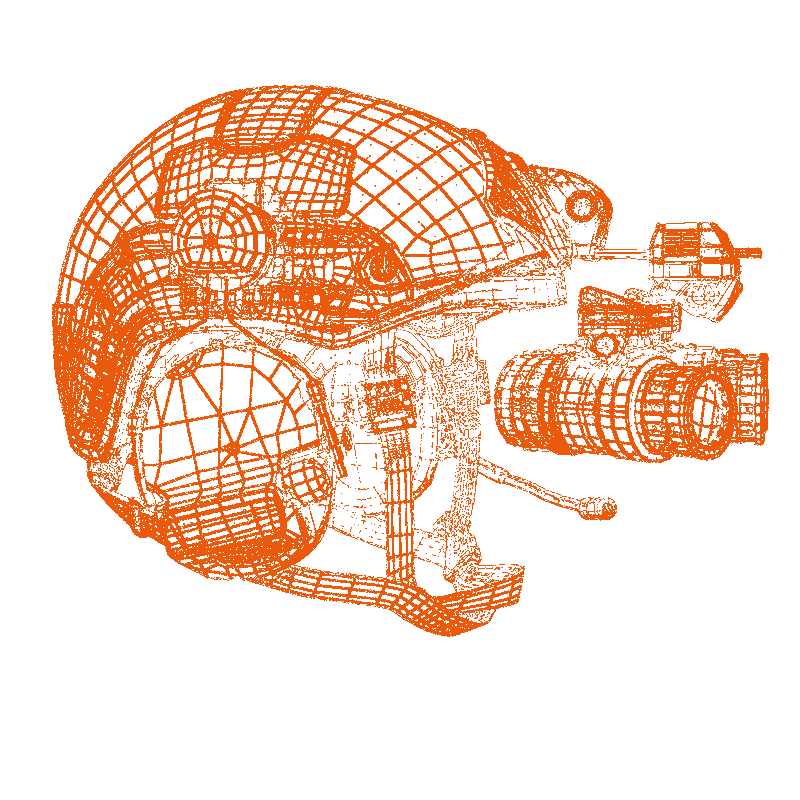
Anna Engelhardt for HMKV (Hartware MedienKunstVerein). 2022
Title, diagrams’ treatment by Anamika Singh
First GIF from Predator (1987)
Diagrams from Cybernetics in Military Affairs (1963) Goncharenko, M. N. 1963. Moscow, DOSAAF (Volunteer Society for Cooperation with the Army, Aviation, Navy).
Quote from The Eye of War: Military Perception from the Telescope to the Drone (2018) Bousquet, A.

 Tu-123, drone, USSR, 1960
Tu-123, drone, USSR, 1960